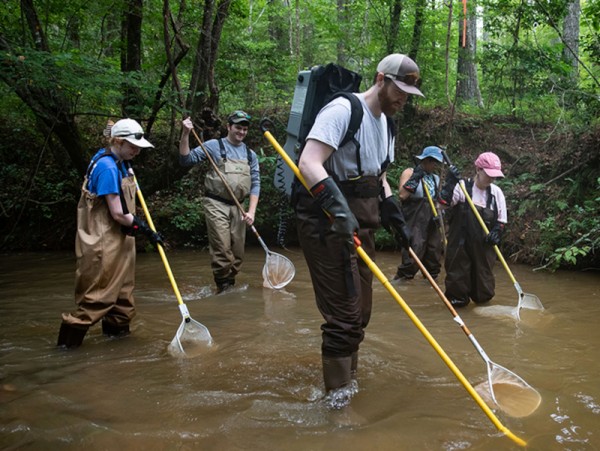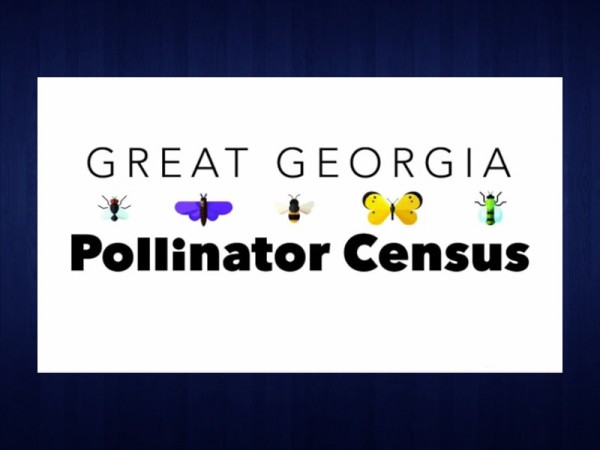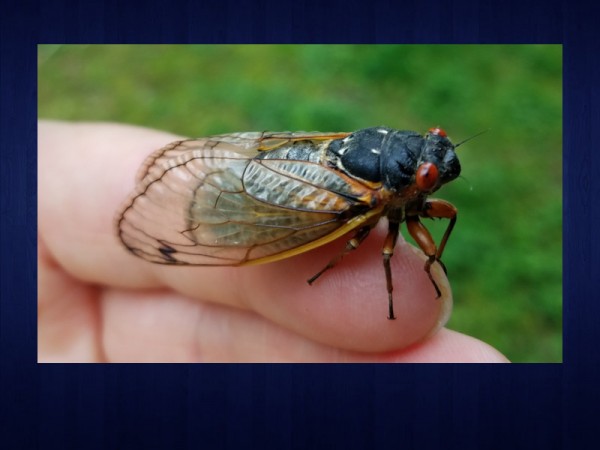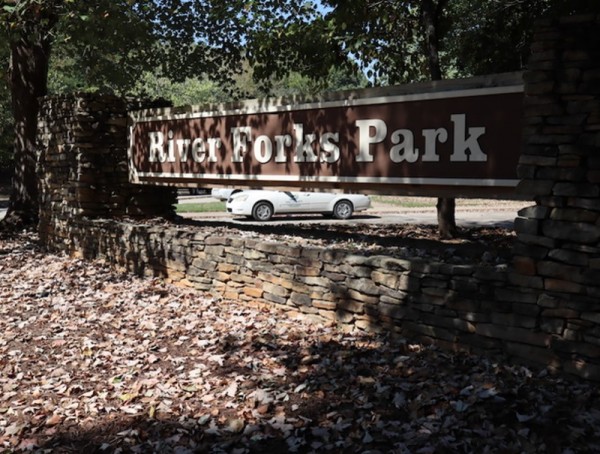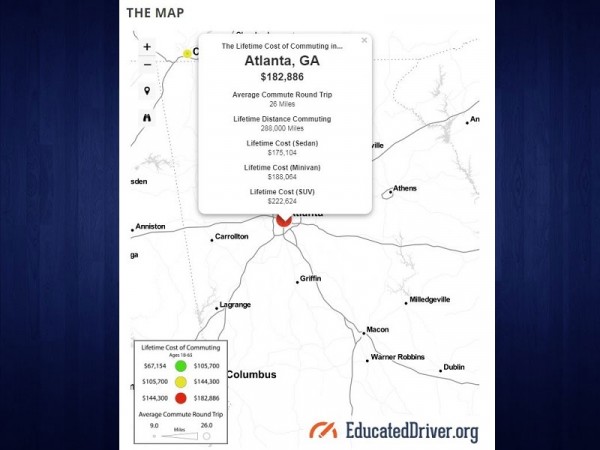Rabun Gap-Nacoochee School science students and faculty are working to preserve pollinators, starting with the on-campus beehives in the heart of Wolffork Valley.
Research shows that honeybee populations are in danger, partly due to chemicals used on crops. Rabun Gap students, led by Upper School science teacher and Director of Sustainability, Woody Malot, have been a part of studying the effects of pesticides on bees and proposing solutions.
Recently, students studied the use of buckwheat as a “trap (decoy) crop” to encourage the honeybees to stay away from nearby sweet corn fields, which are sprayed with pesticides. That research was presented to a group of local beekeepers, farmers, and others interested in helping honeybees thrive.
Malot’s botany classes have been studying the effects of agricultural pesticides on the health of bees since 2016. In the 2016-2017 school year, the class designed an experiment to test the effects of the popular herbicide Roundup on bee gut bacteria. Specifically, the class looked at how Roundup interacted with lactobacillus, an important bacteria in the honeybee’s immune system.
Malot said the University of Texas has since replicated Rabun Gap’s study.
“I talked to some of the kids that were a part of that lab, and it’s been a real eye-opener for them that they were doing this before college kids were doing this,” he said.
After determining the effects of pesticides on the bees, Malot’s botany class spent the next year researching solutions.
“If these pesticides are really affecting the bees, is there a way we can keep the bees away from the corn (crops)? We looked for something that would provide a ‘trap crop,’” Malot said. “The crop of choice ended up being buckwheat. We wanted something that wouldn’t be expensive and is a good forage crop for cattle. We also wanted something that wouldn’t mess with the premium sourwood honey flow.”
Buckwheat was planted in the fields beside Rabun Gap’s hives on June 20.
Upon returning to school this year, students in Malot’s botany class began tracking the types of pollen that were collected from a pollen trap on the hives.
“The first thing we did was we had a set of visual assessment protocols that they used in Great Britain to identify pollen,” Malot said. “We separated the pollen-based on color. Once we got it separated, we went through and prepped it for microscopic examination. We had a camera and photographed everything. We went to pollen indexes to see what it was we had.”
There was a significant amount of buckwheat pollen, Malot said. The next steps in the process are to analyze some additional soil tests and a report on the pollen from the USDA lab in Gastonia, NC.
The Chestatee-Chattahoochee RC&D and the USDA Natural Resources Conservation Service helped make the on-campus research possible.







